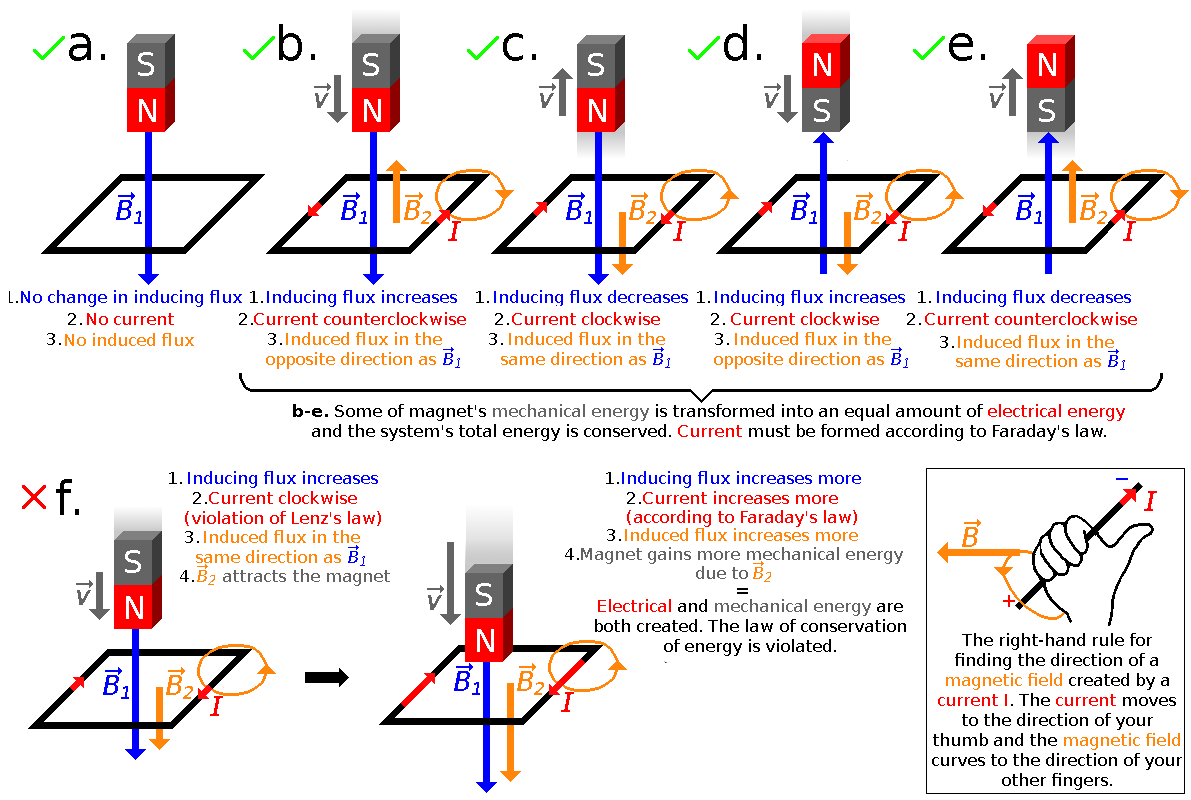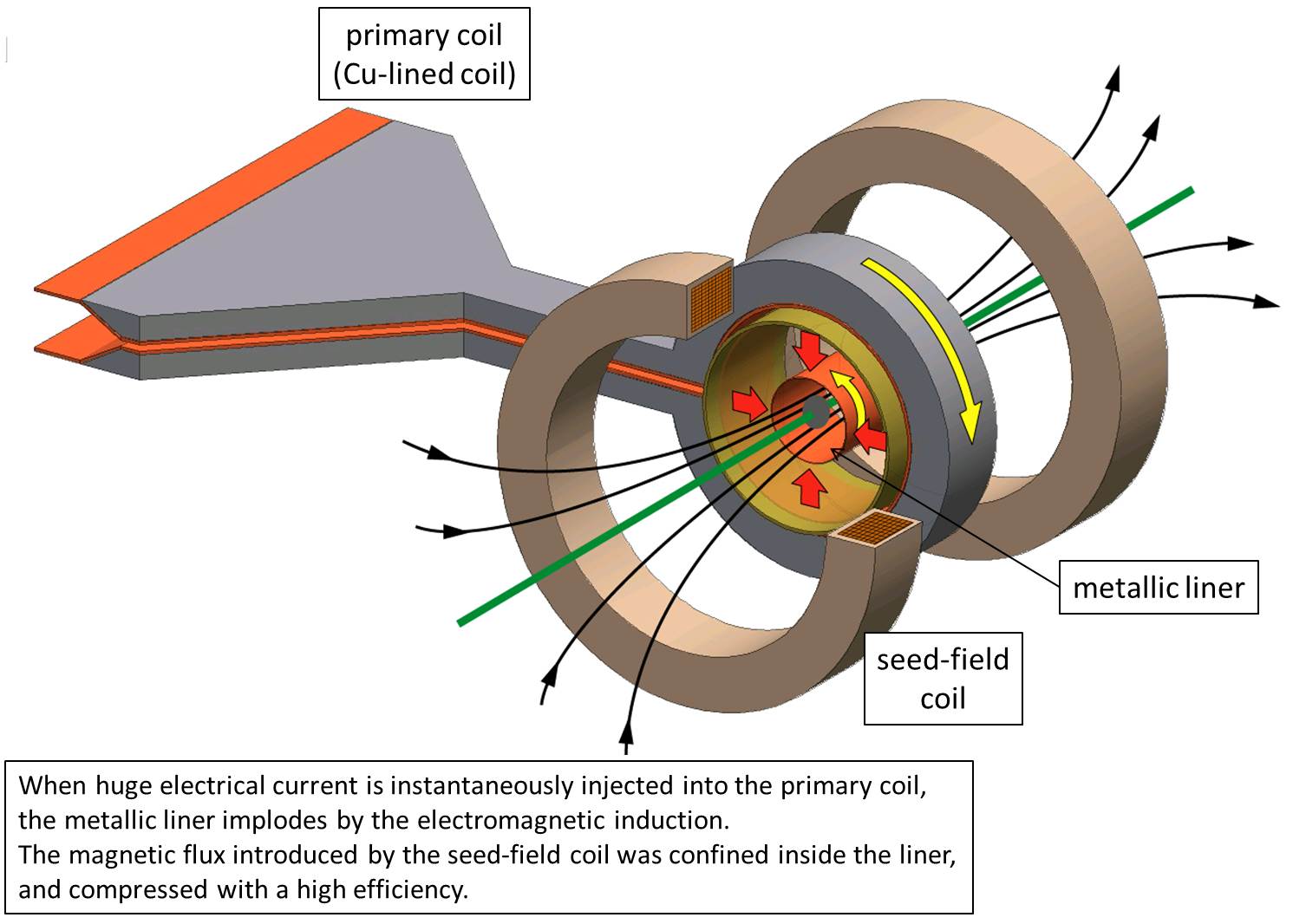Have you ever met someone who just draws you in? Think of that friend who lights up the room, the charismatic leader who inspires teams effortlessly, or the salesperson who makes you feel like the most important person in the store. What’s their secret sauce? It’s often what we call the magnetic approach.
But what is magnetic approach exactly? In simple terms, it’s a strategy or mindset that enhances your ability to attract, influence, and engage others naturally and authentically. Whether you’re aiming to boost your personal relationships, climb the career ladder, or create a loyal customer base, mastering the magnetic approach can be a game-changer.
In today’s fast-paced and highly connected world, standing out is more crucial than ever. The magnetic approach isn’t about flashy gimmicks or superficial charm; it’s about cultivating genuine qualities that make people want to be around you and follow your lead.

What Does “Magnetic Approach” Mean?
At its core, the magnetic approach is about developing an irresistible quality that draws people toward you. It’s not about putting on an act or being manipulative; instead, it’s about cultivating traits like authenticity, confidence, empathy, and effective communication. Think of it as the ability to engage people on a deeper, more meaningful level—creating a pull rather than a push.
The term “magnetic” isn’t just a metaphor. Just like a magnet attracts metal, the magnetic approach works because it taps into universal human desires: the need to feel understood, valued, and connected. Whether you’re in a room full of strangers or leading a team at work, a magnetic person doesn’t just stand out—they make others feel like they belong.
Origin of the Term
The idea of personal magnetism isn’t new. Philosophers like Aristotle talked about the importance of ethos (character), pathos (emotion), and logos (logic) in persuasion—qualities that align with the magnetic approach. In more recent times, figures like Dale Carnegie emphasized building connections and influencing people through genuine interest and empathy.
While the terminology may have evolved, the essence remains the same: magnetic individuals don’t demand attention; they earn it naturally.
Core Principles of the Magnetic Approach
To better understand what makes someone magnetic, let’s break it down into three key principles:
- Authenticity: People can sense when you’re being genuine versus putting on a façade. Authenticity builds trust, and trust is the foundation of magnetism.
- Empathy: Magnetic individuals make others feel heard and valued. They practice active listening and show genuine interest in others’ feelings and perspectives.
- Confidence: Confidence isn’t arrogance—it’s a calm assurance in your own abilities and worth. People are drawn to those who project certainty without being overbearing.
These principles act as the foundation upon which the rest of the magnetic approach is built. It’s not just about appearing magnetic; it’s about embodying qualities that naturally make people gravitate toward you.
The Science Behind the Magnetic Approach
The magnetic approach isn’t just a feel-good concept—it’s grounded in psychology and neuroscience. Here’s a peek at the science:
- Mirror Neurons: Our brains are wired to connect with others. Mirror neurons help us empathize by mimicking the emotions and behaviors of those around us. Magnetic individuals activate these neurons by exhibiting warmth and relatability.
- Dopamine and Emotional Responses: Interacting with someone magnetic often triggers positive emotional responses, releasing feel-good chemicals like dopamine. This makes people want to spend more time with them.
- Non-Verbal Communication: According to studies, over 90% of communication is non-verbal. Magnetic individuals master body language, tone, and eye contact, amplifying their presence without saying a word.
Fun Fact: Studies show that leaders perceived as magnetic have higher emotional intelligence (EQ). EQ enables them to manage emotions effectively, build strong relationships, and inspire others—all hallmarks of the magnetic approach.
The magnetic approach is the art of attraction through authenticity, empathy, and confidence. It’s grounded in both ancient wisdom and modern science, making it a timeless yet practical strategy for anyone looking to boost their influence.

Key Components of the Magnetic Approach
The magnetic approach is like a well-orchestrated symphony—every component plays a crucial role in creating a harmonious and captivating presence. Let’s break down these essential elements that make the magnetic approach so effective.
Attraction and Influence
At the heart of the magnetic approach lies the ability to attract and influence others naturally. Here’s how it works:
- Positive Energy: People are drawn to positivity like moths to a flame. Magnetic individuals exude optimism and enthusiasm, which can be contagious in any environment.
- Authentic Interest: When you show genuine interest in others, it makes them feel valued. A simple act like remembering someone’s name or asking thoughtful questions can create a strong connection.
- Relatability: Magnetic individuals have a knack for finding common ground. They adapt their communication style to resonate with different audiences, making everyone feel included.
Pro Tip: Use open body language, such as uncrossed arms and a warm smile, to create a welcoming aura. Small adjustments like these can amplify your magnetism.
Communication Strategies
Being magnetic isn’t just about what you say—it’s how you say it. Here are some strategies to master magnetic communication:
- Active Listening: Most people listen to respond, not to understand. Magnetic individuals flip the script by giving their full attention, nodding, and reflecting back what they’ve heard.Example: Instead of interrupting someone with your own opinion, summarize what they’ve said to show you’re truly listening: “It sounds like you’re passionate about this project. Tell me more!”
- Storytelling: Humans are hardwired to love stories. Magnetic communicators use anecdotes and vivid imagery to captivate their audience and make their message memorable.
- Pacing and Pausing: The way you speak matters as much as the content. Speaking with a confident, deliberate pace and using pauses can make your words carry more weight.
Emotional Intelligence in the Magnetic Approach
Emotional intelligence (EQ) is the unsung hero of the magnetic approach. It involves understanding and managing your own emotions while empathizing with others. Here’s why it’s a game-changer:
- Self-Awareness: Magnetic individuals know their strengths and weaknesses. This self-awareness helps them project confidence without arrogance.
- Empathy: Understanding others’ emotions allows magnetic people to respond appropriately, whether by offering comfort, celebrating achievements, or simply sharing a laugh.
- Conflict Resolution: High EQ enables magnetic individuals to navigate tense situations with grace, finding win-win solutions instead of escalating problems.
Real-Life Case Study: Oprah Winfrey is a master of emotional intelligence. Her ability to connect deeply with her audience, even while discussing difficult topics, has made her one of the most magnetic personalities in media history.
Confidence and Charisma
Confidence is the backbone of the magnetic approach, but it must be paired with charisma to truly shine. Here’s the difference:
- Confidence: A belief in your own abilities and self-worth. It comes from preparation, experience, and self-awareness.
- Charisma: The ability to charm and inspire others. It’s about being engaging, relatable, and emotionally resonant.
Steps to Build Confidence and Charisma:
- Master Your Craft: Whether it’s public speaking, networking, or managing a team, preparation is key to confidence.
- Practice Gratitude: A grateful mindset shifts your focus from what you lack to what you have, boosting self-assurance.
- Radiate Warmth: Simple actions like maintaining eye contact and offering genuine compliments can increase your charisma.
Think of confidence as your solid foundation and charisma as the decorative façade. Confidence says, “I’m worth listening to,” while charisma adds, “And I’ll make it fun while you do!”
The magnetic approach is built on four pillars:
- Attraction and Influence: Draw people in with positivity and genuine interest.
- Communication Strategies: Speak with purpose, listen actively, and tell compelling stories.
- Emotional Intelligence: Understand and manage emotions to foster deeper connections.
- Confidence and Charisma: Pair self-assurance with charm to create a powerful presence.

Applications of the Magnetic Approach
The magnetic approach isn’t just a concept reserved for self-help books or motivational talks. It’s a practical strategy that can be applied across various aspects of life. From personal relationships to professional environments, mastering this approach can help you create meaningful connections and achieve your goals with ease.
In Personal Relationships
Personal relationships thrive on connection, trust, and understanding—all of which are cornerstones of the magnetic approach. Here’s how it can transform your interactions with friends, family, and romantic partners:
- Strengthening Emotional Bonds:
- Magnetic individuals make others feel valued and appreciated, which deepens relationships.
- Example: Instead of offering generic compliments like “You’re great,” try specific ones like, “I really admire how you handle tough situations with grace.”
- Creating Memorable Moments:
- Use the power of storytelling and shared experiences to forge lasting memories.
- Tip: Organize activities that highlight mutual interests, such as cooking a meal together or exploring a new hobby.
- Resolving Conflicts Gracefully:
- Magnetic people approach conflicts with empathy and active listening, focusing on solutions rather than blame.
- Example: Instead of saying, “You never listen to me,” try, “I feel unheard when this happens. Can we work on it together?”
Fun Perspective: The magnetic approach in relationships is like adding seasoning to food—it brings out the best in what’s already there without overpowering it.
In the Workplace
The workplace is a prime arena for showcasing your magnetic qualities. Whether you’re an entry-level employee or a seasoned executive, the magnetic approach can enhance your professional reputation and career trajectory.
- Leadership and Team Building:
- Magnetic leaders inspire their teams by leading with empathy, clarity, and authenticity.
- Case Study: Satya Nadella, CEO of Microsoft, transformed the company’s culture by focusing on empathy and collaboration—a classic example of magnetic leadership.
- Networking and Collaboration:
- Build strong professional relationships by being approachable and genuinely interested in your colleagues’ contributions.
- Pro Tip: During networking events, skip the small talk and ask meaningful questions like, “What’s the most exciting part of your work right now?”
- Career Advancement:
- Magnetic individuals stand out during interviews, presentations, and meetings by combining confidence with relatability.
- Example: Instead of rattling off a list of achievements, share a story that demonstrates your skills in action.
In Marketing and Sales
The magnetic approach is particularly valuable in marketing and sales, where the goal is to attract customers and build lasting loyalty.
- Attracting Customers:
- Magnetic marketers understand their audience deeply and craft messages that resonate on a personal level.
- Example: Apple’s marketing strategy isn’t just about selling products—it’s about creating a lifestyle and fostering emotional connections.
- Building Brand Loyalty:
- By being transparent, relatable, and consistent, brands can develop a magnetic pull that keeps customers coming back.
- Tip: Engage with customers authentically on social media by responding to their comments and sharing behind-the-scenes stories.
- The Power of Storytelling:
- Brands that tell compelling stories create emotional connections with their audience.
- Example: Coca-Cola’s holiday campaigns evoke warmth and nostalgia, making their brand memorable.
Magnetic Approach in Marketing
| Aspect | Traditional Approach | Magnetic Approach |
|---|---|---|
| Focus | Product features | Emotional benefits and lifestyle |
| Tone | Formal and transactional | Relatable and conversational |
| Engagement | One-way communication | Interactive and personalized |
| Customer Loyalty | Short-term discounts | Long-term relationship building |
The magnetic approach shines in:
- Personal Relationships: Deepen bonds, create meaningful moments, and resolve conflicts with empathy.
- Workplace Dynamics: Inspire teams, network effectively, and stand out as a leader.
- Marketing and Sales: Attract customers, foster loyalty, and use storytelling to build emotional connections.